Minimizing Life Risk Digitally
VR training can be an effective way to prepare workers for the complex and potentially dangerous operations involved in the LNG industry, while minimizing risks and costs associated with on-site training. This type of VR training focuses on educating workers on safety protocols and procedures, allowing them to practice responding to various safety scenarios in a simulated environment. There are different types of shipping training that can be conducted using virtual reality (VR) technology.
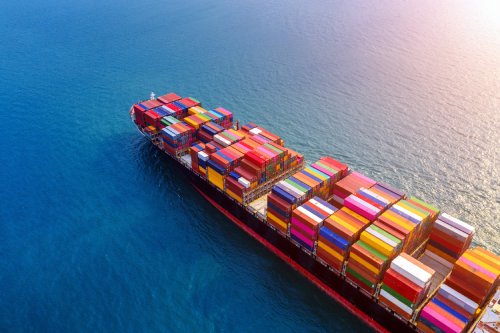
Ship Navigation
VR technology can be used to simulate various navigation scenarios for seafarers. This can include simulating different weather conditions, navigational hazards, and other challenges that seafarers might encounter. By practicing these scenarios in a safe virtual environment, seafarers can improve their skills and make better decisions in real-world situations.
Cargo Handling
VR can be used to simulate different types of cargo handling scenarios, such as loading and unloading cargo, securing cargo on a ship, and transporting it safely. This can help seafarers learn the best practices for handling different types of cargo, as well as the safety procedures that must be followed.
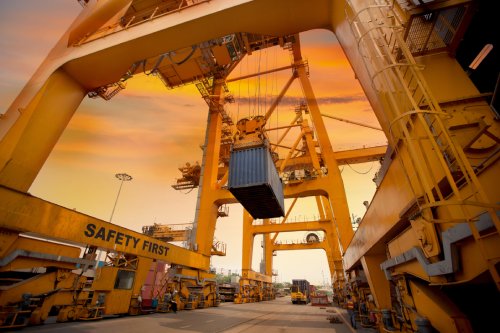
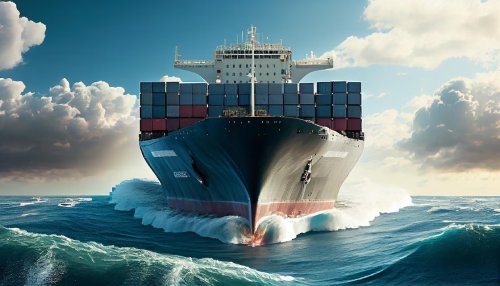
LNG tanker simulation
It allows trainees to experience operating an LNG tanker in various weather and sea conditions, simulating the challenges and risks of transporting liquefied natural gas over long distances.
LNG bunkering simulation
This VR training program simulates the actual process of LNG bunkering, including the safety procedures, equipment usage, and regulations. The trainees can practice the bunkering process in a realistic environment without any risks.
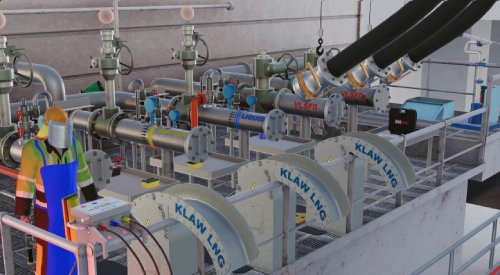
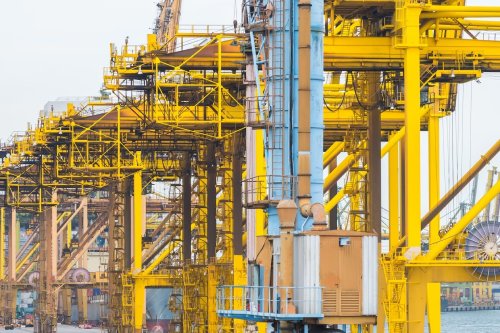
LNG plant operation
The training provides a realistic simulation of a LNG plant and allows trainees to experience operating and controlling different processes and systems involved in LNG production and storage.
Emergency Response
It is used to simulate different types of emergency situations that can occur on a ship, such as fire, flooding, or piracy. By practicing these scenarios in a safe virtual environment, seafarers can learn the proper procedures for responding to emergencies and minimizing risks. The training focuses on preparing workers to respond to various emergencies and incidents that may occur in an LNG plant or during LNG transportation, such as fires, leaks, or spills.

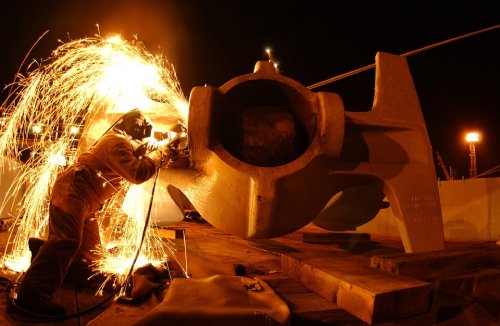
Maintenance and Repair
VR can be used to simulate various maintenances and repair scenarios, such as repairing machinery, replacing parts, or performing routine maintenance tasks. This can help seafarers learn how to identify and fix issues that can arise on a ship, as well as how to perform preventative maintenance to keep the ship in good condition.
Communication and Teamwork
This training is used to simulate different types of communication and teamwork scenarios that seafarers might encounter on a ship. This can include practicing communication with other crew members, coordinating responses to emergencies, and working together to solve problems. By practicing these scenarios in a safe virtual environment, seafarers can improve their communication and teamwork skills, which are essential for a safe and successful voyage.


